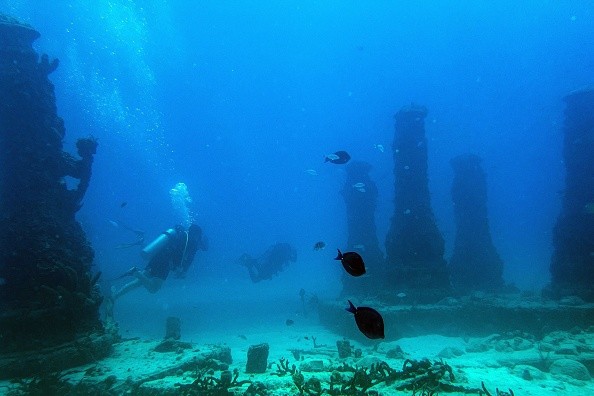A study reveals that researchers managed to build a battery-free, wireless camera capable of capturing high-quality colored images in the ocean, even in dark environments. The invention is useful for underground ocean explorations monitoring deep seas, the effects of climate change, and pollution.
Nature Communications published the study, and it is available to read in ScienceDaily.
According to researchers, the underwater camera is expensive by using research vessels and ships to check and recharge batteries. It is considered a major challenge for undersea exploration.
With the ocean covering 70% of the planet Earth, the National Oceanic and Atmospheric Administration (NOAA) explained that more than 80% of oceans have remained unobserved and unexplored.
Challenges in undersea explorations

NOAA said scientists and researchers have depended on sonar technologies to understand and map the sea floor. It noted sonar technology had mapped 10% of the world's ocean, while 35% is on the record of mapped ocean and coastal waters in the United States (US).
Furthermore, NOAA said there are many mysteries to learn from the deep ocean. It involves mapping and understanding the ocean's biological, chemical, geological, and archeological mysteries.
The study's senior author Fadel Adib said that one of the exciting applications of the underwater camera is climate monitoring. Adib explained that they missed 90% of ocean data as they built climate models.
Adlib added that the underwater camera could help them develop more accurate climate models, understanding the impacts of climate change on the ocean.
Adlib is also an associate professor in the Department of Electrical Engineering and Computer Science and director of the Signal Kinetics group in the MIT Media Lab.
Underwater camera
The underwater camera can capture high-quality colored images underwater, even in a dark environment. The study said that the camera is about 100,000 times more energy efficient.
The wireless underwater camera transmits the data through the ocean.
Moreover, the researchers called it an autonomous camera powered by sound. It means that the underwater camera converts the mechanical energy from the sound waves in the ocean as it travels through the water and into the electrical energy powering the device's communication.
Then, the sound waves help in transmitting the data to the receiver.
Unlike other cameras, the undersea camera that researchers built doesn't require a power source, operating for weeks.
The promising features of the undersea camera can help explore the unobserved parts of the ocean.
With the amazing battery-free undersea camera, the researchers used a device in which the camera could harvest its power, according to the study.
Furthermore, the researchers said that they tested the camera underwater. Amazingly, they captured undersea images of plastic bottles in New Hampshire pond, African starfish, and the underwater plant Aponogeton ulvaceus present in a dark sea environment.
It explained that the underwater camera could acquire energy using the transducers placed around the camera's exterior.
Transducers are made from piezoelectric materials, which can produce electric signals when mechanical forces are applied. Then, what happens is as sound waves hit the transducer, causing it to convert to electrical energy.
According to the study, the research is supported by:
- Office of Naval Research
- the Sloan Research Fellowship,
- The National Science Foundation MIT Media Lab
- Doherty Chair in Ocean Utilization
Related Article: Scientists Study the Impact of the Deep Sea Mining on Oceans
For more similar stories, don't forget to follow Nature World News.
© 2025 NatureWorldNews.com All rights reserved. Do not reproduce without permission.





